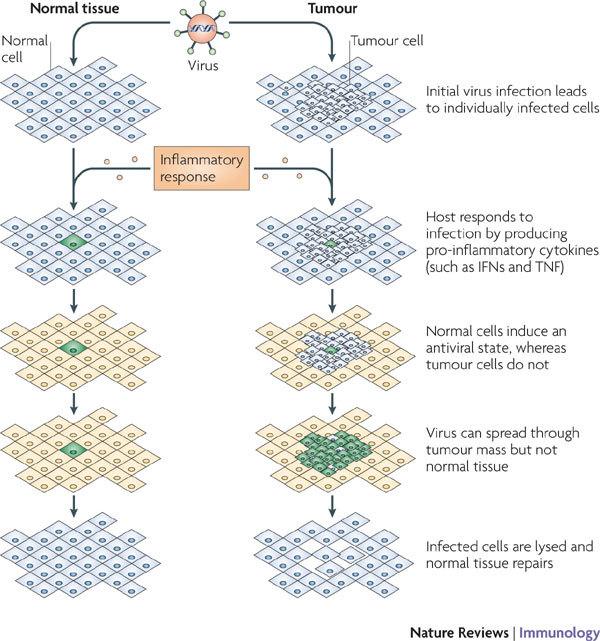Figure 3. Cytokine-mediated viral tropism in tumour tissues.

In a normal tissue, the host innate immune defences respond to infection of a single cell (shown in green) by releasing pro-inflammatory and antiviral cytokines (such as interferons (IFNs) and tumour necrosis factor (TNF)). These cytokines not only affect immune responses but also induce an antiviral state (shown in yellow) in normal tissue, such that the virus cannot productively infect neighbouring cells and the spread of infection is stopped or impeded. However, in a tumour, although the immune sentinel cells in the host might still initiate a potent innate immune response, including the release of the same antiviral cytokines, the tumour cells are frequently unable to respond to these secreted cytokines and so fail to establish an antiviral state. This can favour virus spread within the tumour tissue (and lysis of tumour cells) but not into neighbouring normal tissues, in which the antiviral state has been established.
